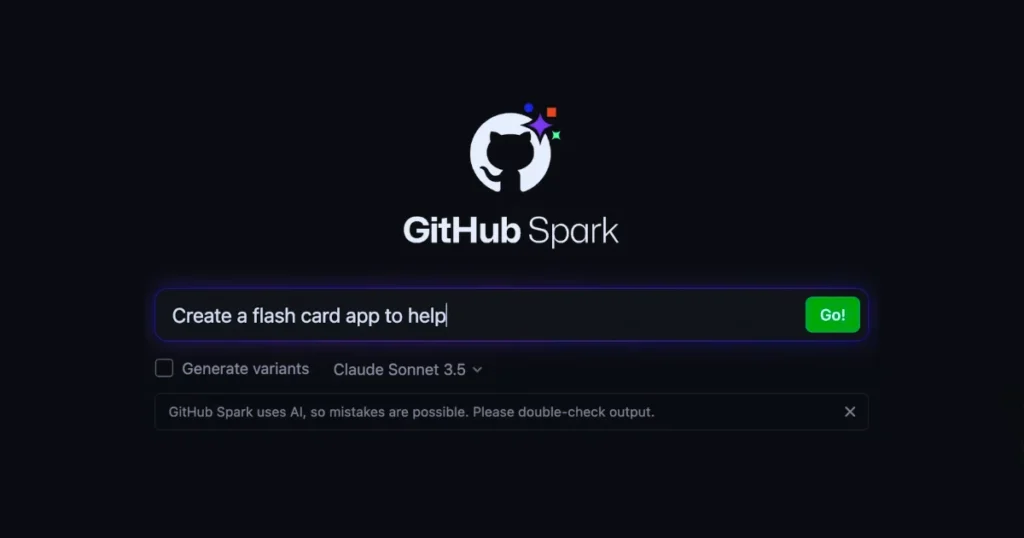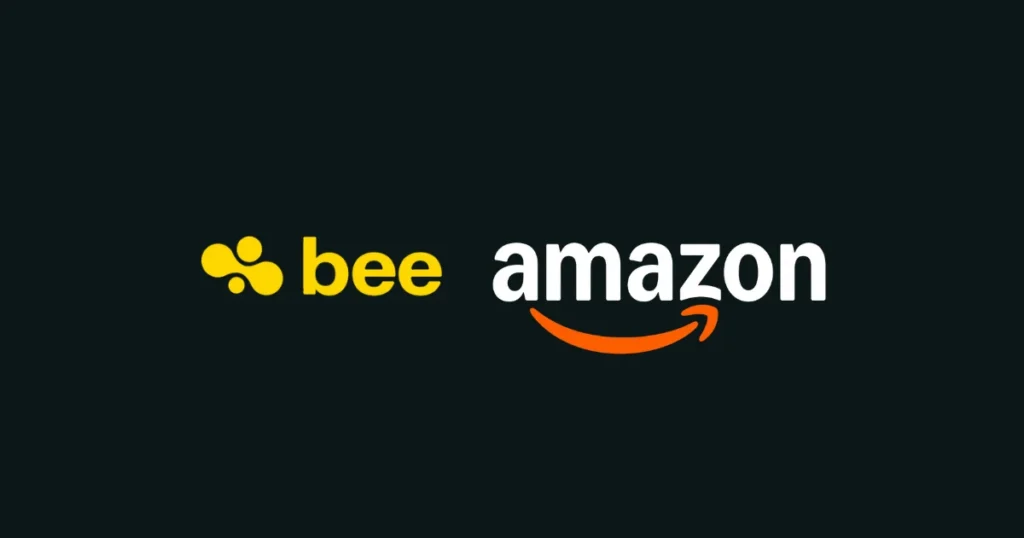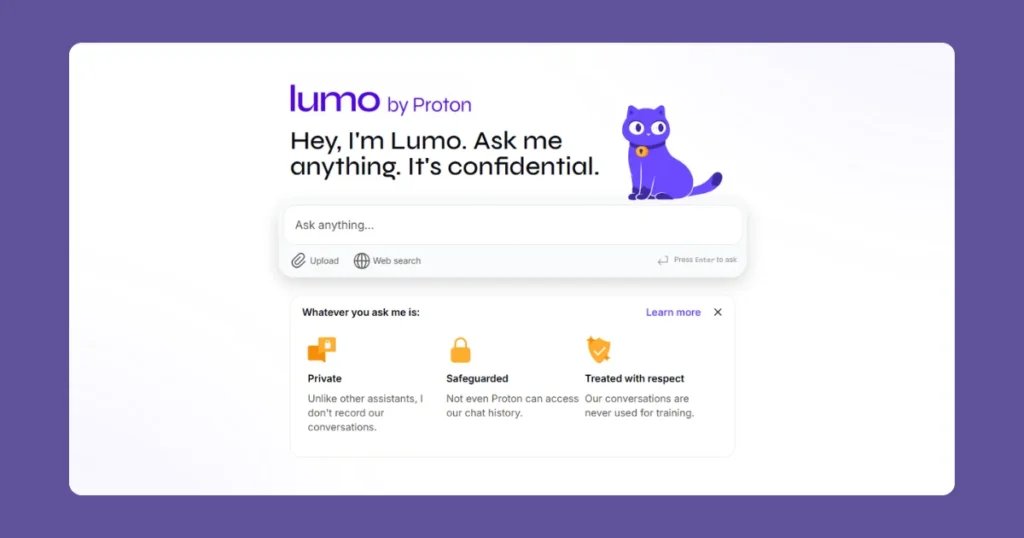GitHub Spark is an innovative feature introduced by GitHub to enhance collaborative coding, streamline workflows, and empower developers to create, share, and innovate seamlessly. Launched as part of GitHub’s 2025 roadmap, Spark aims to make open-source and private repository management more intuitive, fostering creativity and productivity for developers worldwide. In this blog, we’ll explore what GitHub Spark is, its key features, benefits, and how it’s transforming the coding landscape.
What is GitHub Spark?
GitHub Spark is a suite of AI-driven tools and collaborative features integrated into GitHub’s platform, designed to simplify coding workflows and enhance team collaboration. Unlike traditional GitHub functionalities, Spark leverages advanced machine learning to provide real-time code suggestions, automated debugging, and enhanced project management capabilities. It’s tailored for both solo developers and large teams, making it a game-changer for open-source contributors and enterprise developers alike.
Key Features of GitHub Spark
- AI-Powered Code Suggestions: Spark uses machine learning to analyze your codebase and suggest optimized code snippets, reducing development time.
- Real-Time Collaboration: Teams can work simultaneously on repositories with live updates, conflict resolution, and integrated chat features.
- Automated Debugging: Spark detects issues early and suggests solutions proactively, significantly reducing the time spent on manual debugging.
- Customizable Workflows: Developers can tailor workflows to their project needs, from CI/CD pipelines to automated testing.
- Enhanced Security: Spark includes built-in vulnerability scanning and dependency management to keep your code secure.
Why GitHub Spark Matters in 2025?
In today’s fast-paced, collaborative development environment, GitHub Spark solves major developer challenges. Here’s what sets it apart:
1. Boosting Productivity
By offering AI-powered suggestions and automated debugging, Spark minimizes repetitive work, enabling developers to concentrate on innovative problem-solving. For instance, its code completion feature predicts the next lines of code with high accuracy, cutting development time by up to 30%.
2. Enhancing Collaboration
With real-time collaboration tools, Spark eliminates the bottlenecks of asynchronous communication. Teams can see changes instantly, discuss code in-line, and resolve merge conflicts effortlessly. This is particularly valuable for globally distributed teams working across time zones.
3. Supporting Open-Source Communities
GitHub Spark makes open-source contribution more accessible by providing new developers with AI-guided insights and simplified workflows. This democratizes coding, encouraging more contributors to join projects like TensorFlow or Kubernetes.
4. Future-Proofing Development
As AI and automation dominate tech in 2025, Spark ensures developers stay ahead by integrating cutting-edge tools into their daily workflows. Its compatibility with emerging languages and frameworks makes it a versatile choice for modern projects.
How to Get Started with GitHub Spark
It’s easy to begin with GitHub Spark – just follow these steps to jump right in!
- Sign Up or Log in to GitHub: New to this? Just set up a GitHub account to get started. If you’re already a user, Spark is waiting for you on your dashboard!
- Enable Spark: Navigate to your repository settings and activate Spark under the “Features” tab. Whether you’re on a free or premium GitHub plan, Spark is available for you.
- Configure Your Workflow: Adjust Spark’s configuration to align with your project goals, including options like AI-powered recommendations and automated test setup.
- Collaborate and Code: Invite team members, start coding, and let Spark’s AI assist with suggestions and debugging.
- Monitor Security: Use Spark’s vulnerability alerts to ensure your codebase remains secure.
Pro Tip: Check GitHub’s official documentation or X posts from the GitHub team for tutorials and updates on Spark features.
SEO Benefits of Using GitHub Spark
For developers and teams looking to boost their online presence, GitHub Spark offers indirect SEO advantages:
- Showcase Expertise: Public repositories using Spark can highlight your coding skills, attracting recruiters and clients searching for talent.
- Improved Project Visibility: Spark’s clean, optimized code improves project performance, which can enhance visibility on search engines when deployed to web applications.
- Community Engagement: Contributing to open-source projects via Spark can earn backlinks from tech blogs and forums, boosting your domain authority.
Real-World Use Cases of GitHub Spark
1. Startup Development
GitHub Spark helped a fintech startup speed up app development and eliminate bottlenecks in their workflow. By leveraging Spark’s AI suggestions, the team reduced their sprint cycle by 25% and caught critical bugs before deployment.
2. Open-Source Contributions
A developer contributing to a machine learning library used Spark’s real-time collaboration to work with contributors across three continents, merging 50+ pull requests seamlessly.
3. Enterprise Projects
A large tech firm integrated Spark into its CI/CD pipeline, automating testing and deployment for a cloud-based application, saving 100+ hours of manual work.
Challenges and Considerations
Despite its innovative edge, GitHub Spark isn’t without a few hurdles along the way:
- Learning Curve: New users may need time to adapt to Spark’s AI-driven interface.
- Dependency on AI: Over-reliance on automated suggestions could limit creative coding approaches.
- Privacy Concerns: Teams working on sensitive projects should ensure Spark’s security settings align with their compliance needs.
To mitigate these, start with small projects, explore Spark’s documentation, and configure privacy settings carefully.
The Future of GitHub Spark
As GitHub continues to innovate, Spark is expected to evolve with features like deeper AI integration, support for new languages, and enhanced analytics for project performance. Posts on X suggest GitHub is already testing Spark 2.0, which may include voice-activated coding and VR-based collaboration by 2026.
Conclusion
GitHub Spark is more than a tool—it’s a catalyst for the future of coding. By combining AI, real-time collaboration, and robust security, it empowers developers to build better, faster, and smarter. Whether you’re a solo coder, part of an open-source community, or leading an enterprise team, Spark is your ticket to a more efficient and creative development process. Try it today, share your projects, and join the coding revolution!


